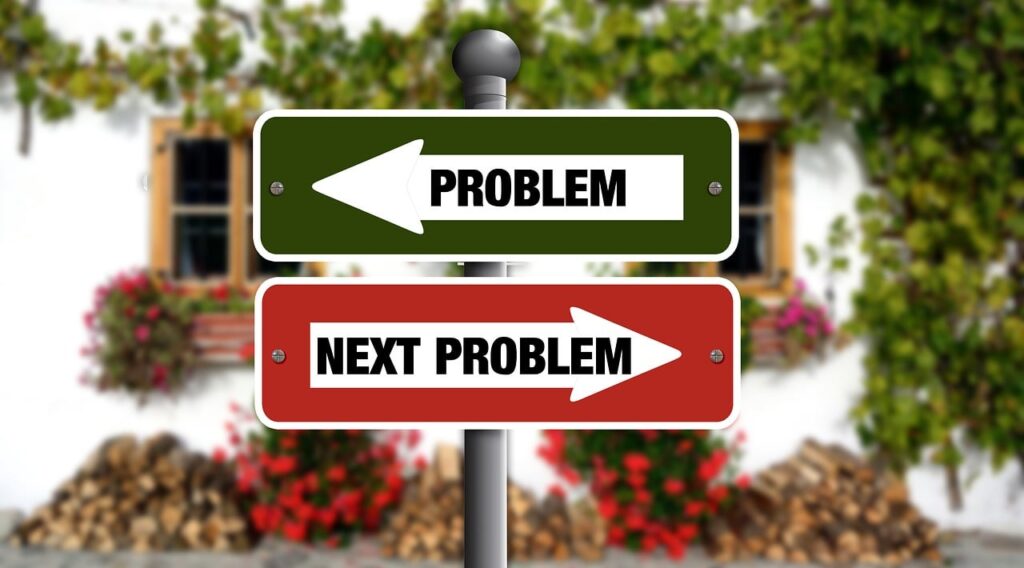Creativity Fuels Problem-Solving and
Decision-Making

In today’s fast-paced world, the ability to solve complex problems and make sound decisions is paramount. Enhancing your creativity could significantly improve these crucial skills? Research consistently demonstrates a strong interconnection between creativity, problem-solving, and decision-making. Let’s dig in…
The Creative Connection:
Creativity isn’t just about painting or writing. It’s about generating novel and useful ideas or approaches. Guilford’s groundbreaking work on divergent thinking showed us that creativity is about exploring multiple possibilities. When faced with a challenge, a creative mindset allows us to break free from conventional thinking and consider innovative solutions.
Problem-Solving Through a Creative Lens:
Creative Problem Solving (CPS) models, like those developed by Osborn and Parnes, highlight the direct link between creativity and problem-solving. By employing techniques like brainstorming, we can generate a wider range of potential solutions. This process allows us to move beyond surface-level answers and delve into deeper, more effective resolutions.
Decision-Making Enhanced by Creativity:
Decision-making often involves navigating uncertainty and biases. Kahneman and Tversky’s research on heuristics reveals how we can fall prey to cognitive shortcuts. However, creative thinking can help us mitigate these biases. By generating alternative perspectives and challenging assumptions, we can make more informed and rational decisions. Additionally, intuition, a creative process, has been shown to play a vital role in organizational decision making.
The Neurological Basis:
Neuroscience further supports this connection. Brain imaging studies have shown that the same neural networks involved in creative thinking are also activated during problem-solving and decision-making. This suggests that these cognitive processes are deeply intertwined.
Practical Takeaways:
- Embrace Divergent Thinking: Practice brainstorming and other idea-generation techniques.
- Apply CPS Models: Familiarize yourself with frameworks like the Creative Problem Solving model.
- Challenge Assumptions: Actively seek out alternative perspectives to avoid cognitive biases.
- Cultivate Curiosity: Engage in activities that stimulate your imagination and broaden your horizons.
By recognizing and nurturing the interconnectedness of creativity, problem-solving, and decision-making, we can unlock our full potential and thrive in an increasingly complex world.


